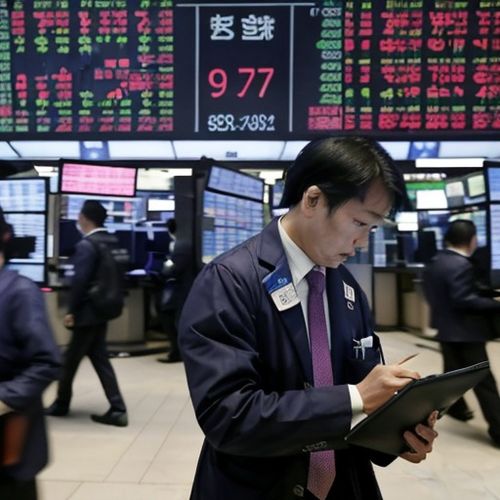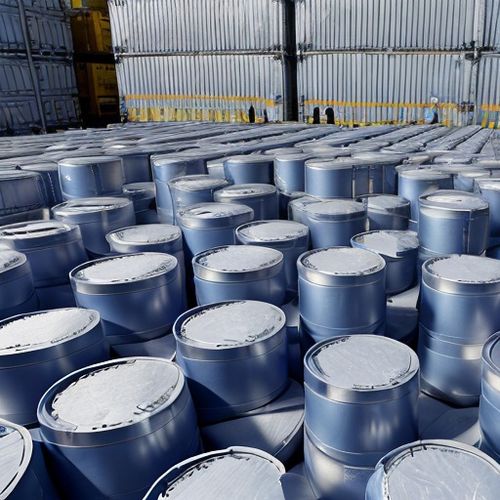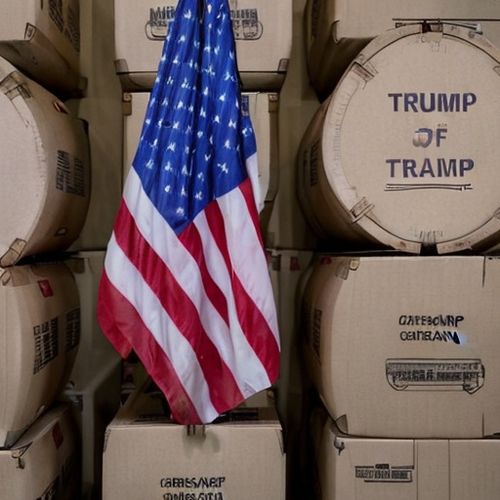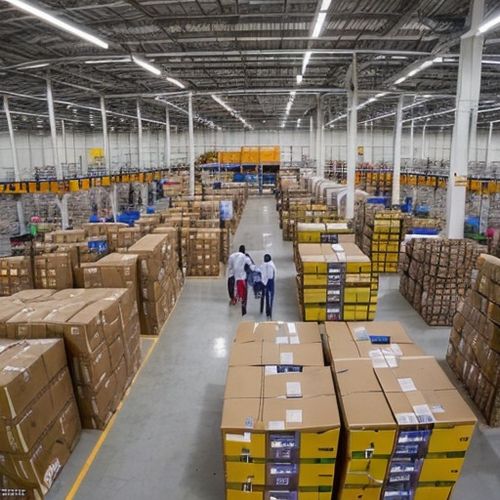President Trump’s recent tariff announcements have sparked significant concern among economists and business leaders regarding their potential impact on the U.S. economy. The tariffs, which include a 10% universal duty on all U.S. imports and reciprocal tariffs on imports from about 90 nations, are expected to have wide-ranging economic repercussions.
1. Reduced Economic Growth
The Tax Foundation estimates that Trump’s tariffs will reduce U.S. GDP by 0.7% before any foreign retaliation. When combined with the retaliatory tariffs imposed by countries like China, Canada, and the European Union, which affect $330 billion of U.S. exports, the total reduction in U.S. GDP could reach 0.8%. This decline in economic output is due to higher import costs, reduced international trade, and potential disruptions in global supply chains.
2. Increased Inflation
Tariffs are expected to drive up prices for both businesses and consumers. By increasing the cost of imported goods and materials, tariffs will likely lead to higher prices for a wide range of products. The Tax Foundation projects that the tariffs will reduce after-tax incomes by an average of 1.9%, amounting to an average tax increase of more than $1,900 per U.S. household in 2025. This increase in prices could lead to a resurgence of inflation, which may further dampen consumer spending and economic growth.
3. Risk of Recession
Several Wall Street economists warn that the tariffs could significantly increase the risk of a recession. If the U.S. tariffs prompt retaliatory measures from other nations, a global recession could emerge. Mark Zandi, chief economist at Moody’s Analytics, estimates that a U.S. recession could reduce GDP by 2% and boost unemployment to 7.5% next year, up from the current rate of 4.1%. Other economic forecasts also point to a slowdown in GDP growth, with some estimates suggesting a reduction to as low as 0%–0.5% for Q4/Q4 2025.
4. Impact on Specific Industries
- Automotive Industry: Higher tariffs on steel and aluminum, which are critical inputs for vehicle manufacturing, will increase production costs. This could lead to higher vehicle prices for consumers and reduced demand for automobiles.
- Consumer Electronics: Tariffs on imported electronics components will likely result in higher prices for laptops, smartphones, and gaming consoles. This could lead to a decline in consumer spending on these products.
- Agriculture: Retaliatory tariffs on U.S. agricultural exports could reduce demand for American crops and livestock, leading to lower prices for farmers and potential job losses in the sector.
- Retail: Retailers that rely heavily on imported goods will face higher costs, which they may pass on to consumers. This could lead to reduced consumer spending and lower retail sales.
5. Historical Precedents
Historical evidence suggests that tariffs often lead to higher prices and reduced economic output. For example, the U.S. steel tariffs of 2002 led to increased production costs for downstream industries and higher prices for consumers. Similarly, the 2018–2019 trade war tariffs resulted in higher prices for U.S. consumers and a decrease in manufacturing employment.
6. Long-term Effects
In the long run, tariffs could lead to a reallocation of resources within the U.S. economy. Industries that are protected by tariffs may see short-term gains, but the overall economic impact is likely to be negative due to reduced trade and higher costs. Additionally, retaliatory tariffs could further isolate the U.S. from global markets, making it more difficult for American businesses to compete internationally.
The potential economic repercussions of Trump’s tariffs are significant and multifaceted. While the intention behind the tariffs is to protect domestic industries and create jobs, the reality is likely to be more complex. Higher import costs, increased inflation, reduced economic growth, and the risk of a recession are all potential outcomes. As economists and business leaders continue to assess the impact of these tariffs, it is clear that the U.S. economy faces substantial challenges in the coming years.

By Sarah Davis/Apr 7, 2025

By Samuel Cooper/Apr 7, 2025

By Grace Cox/Apr 7, 2025

By Thomas Roberts/Apr 7, 2025

By Olivia Reed/Apr 7, 2025

By Daniel Scott/Apr 7, 2025

By Megan Clark/Apr 7, 2025

By Samuel Cooper/Apr 7, 2025

By William Miller/Apr 7, 2025

By John Smith/Apr 7, 2025

By Samuel Cooper/Apr 6, 2025

By Lily Simpson/Apr 6, 2025

By Daniel Scott/Apr 6, 2025

By Grace Cox/Apr 6, 2025

By Olivia Reed/Apr 6, 2025

By Emma Thompson/Apr 6, 2025

By Rebecca Stewart/Apr 6, 2025